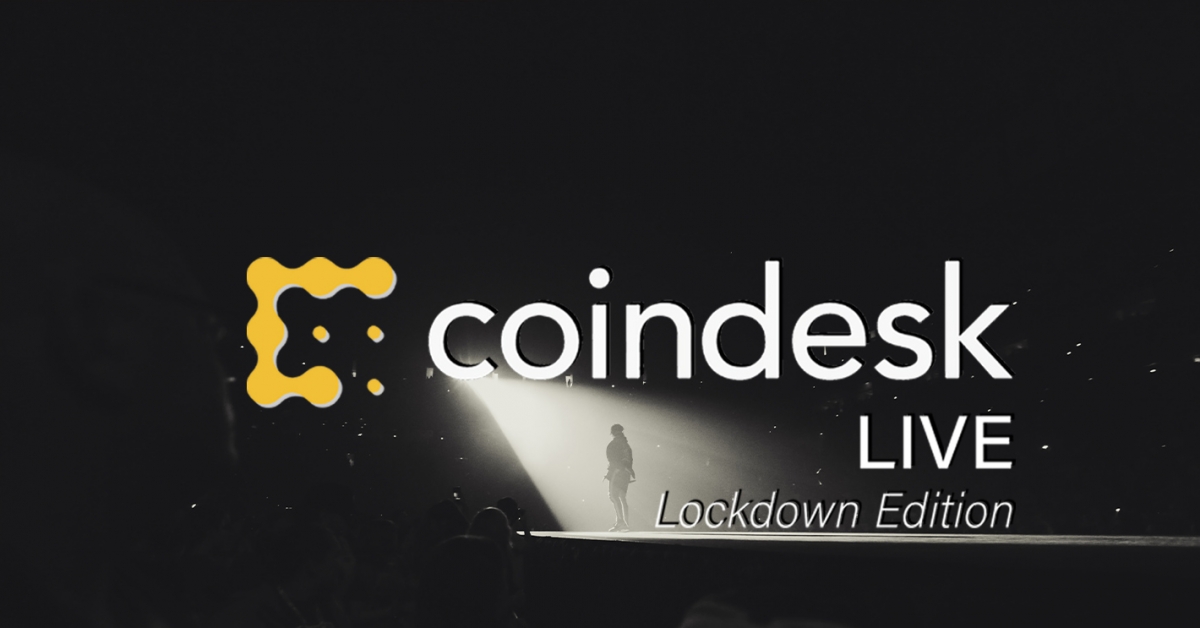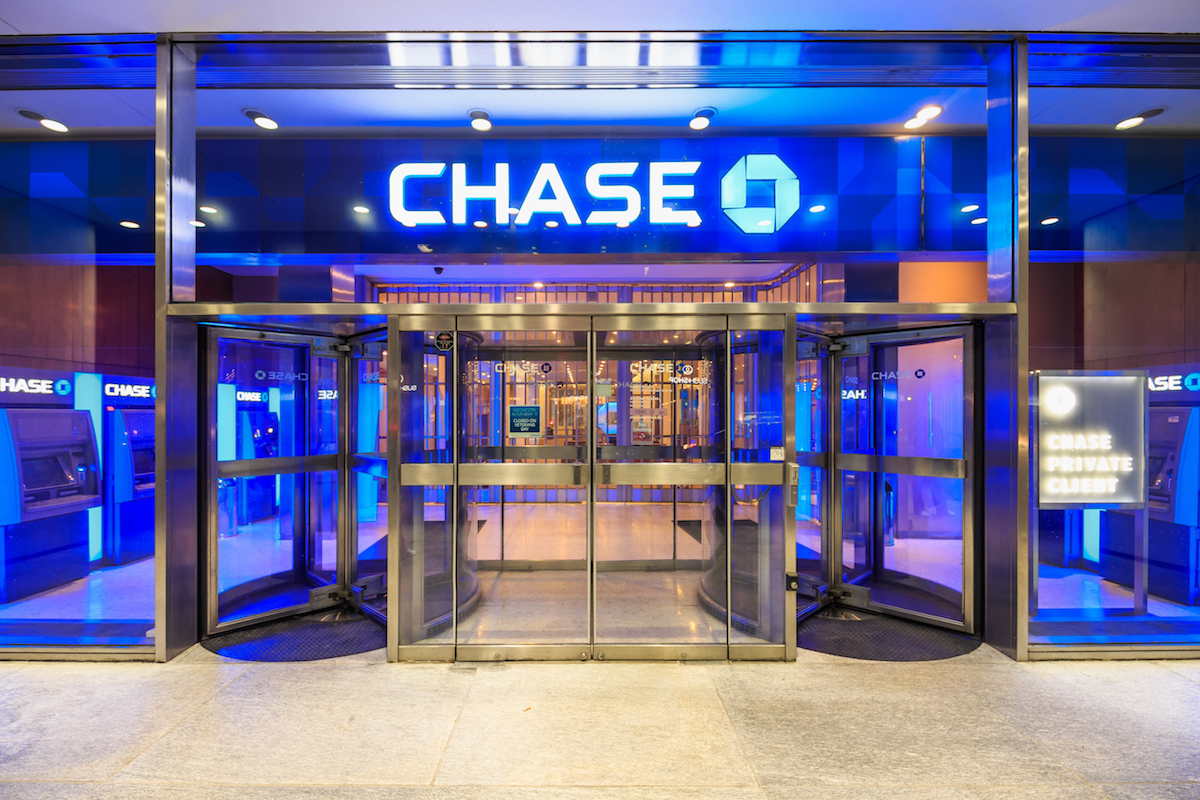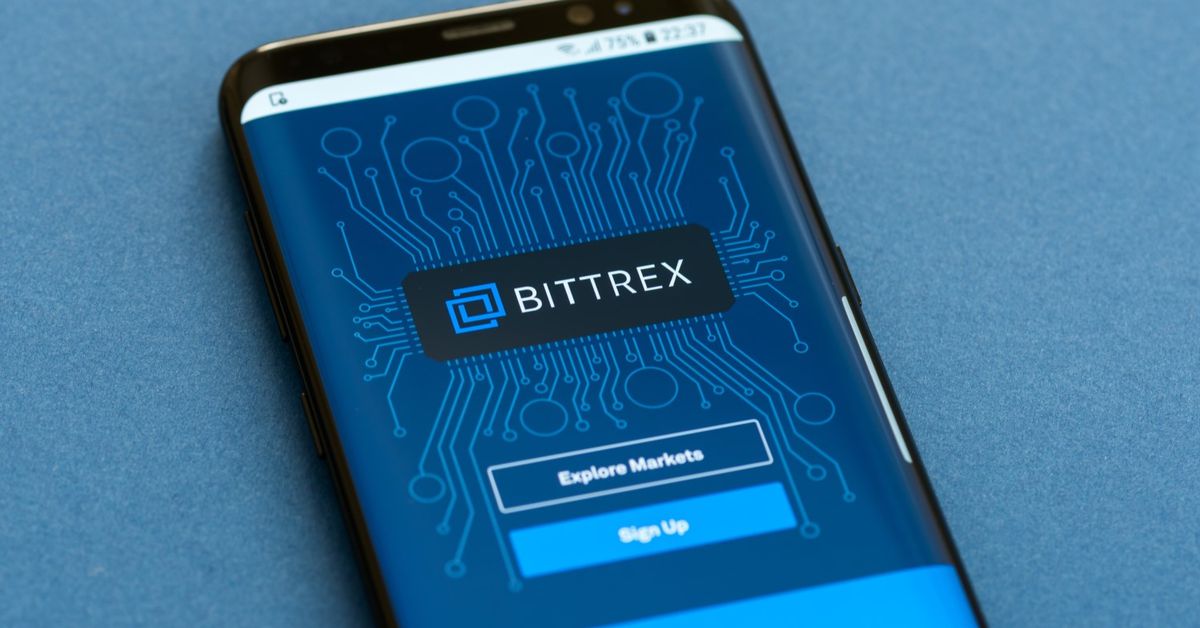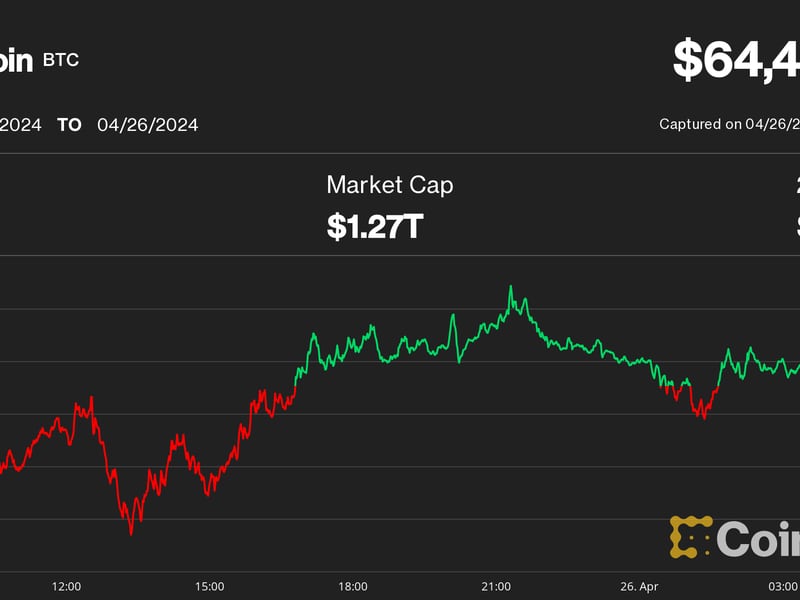Cuy Sheffield: The Reason Visa Is ‘Everywhere’ in Crypto
/arc-photo-coindesk/arc2-prod/public/LXF2COBSKBCNHNRE3WTK2BZ7GE.png)
As head of crypto at Visa, a global payment company founded in 1958, Cuy Sheffield has had a busy, busy year.
Despite the down markets, dour mood and heavy workload for much of the time, he appears to be having fun experimenting, building and competing in this chaotic industry that may just represent a new financial paradigm.
This profile is part of CoinDesk’s Most Influential 2023. For the full list, click here.
In the third quarter, acting quickly on the heels of PayPal’s stablecoin launch on Ethereum, Visa announced it would expand its own dollar-proxy pilot using Solana. Since 2021, Visa and Circle, the issuer of the second-largest stablecoin, USDC, had been trialing blockchains to improve cross-border payments.
Two years later, Sheffield had the pleasure of announcing that study was going well, and that Visa would expand onto Solana’s high-speed network to improve its stablecoin treasury management.
This was far from the only successful crypto pilot Visa ran this year, and far from the only “first” Sheffield’s team notched in the world of crypto payments. Indeed, perhaps more than at any other mainstream financial services company, Visa’s crypto unit — under his leadership — has been running experiment after experiment.
There are some wins and some losses, like Visa’s tie-up with defunct crypto exchange FTX, but Sheffield is still in the game. At the beginning of the year, he reaffirmed the company’s proactive position on blockchain, saying the technology represents a possible game-changer for the payments industry — and that Visa was in it to compete and collaborate.
“The recent failures do not change our crypto strategy and focus to serve as a bridge, helping connect both platforms and technologies emerging in the crypto ecosystem,” he said, responding to an overzealous Reuters report that said Visa was “slamming the breaks” on its many crypto projects. “That is where we have been investing and plan to continue to invest.”
The company takes a blockchain-agnostic approach — looking for ways to iterate, improve and build on many different distributed payment networks. In August, for instance, Sheffield announced Visa successfully tested a way to pay Ethereum gas fees using a credit card. And at the beginning of the year, it announced a partnership with bitcoin (BTC) rewards app Fold was going global.
Just as Visa works with a variety of different blockchain protocols, it is also taking a wide view on the types of organizations it is willing to work with.
It’s perhaps unsurprising Visa would pilot stablecoin payments with merchant infrastructure providers like Worldpay and Nuvei, given payments tools are the payment giant’s bread and butter, but the company is also working with DAOs like Gnosis, filing trademark applications for metaverse tools and getting involved with NFTs.
“We think there are going to be millions of new merchants that emerge that are individuals, that are creators, that can reach this global audience. It’s just, it’s powerful,” Sheffield said in an interview. “That’s the world that is coming here.”
The company is also involved with dozens of central bank digital currency (CBDC) projects across the map, in collaboration with Ethereum builders ConsenSys. (And as a civilian, Sheffield advises the Digital Dollar Project, founded by former CFTC Commissioners Daniel Gorfine and Chris Giancarlo.)
Sheffield, a graduate of Pomona College in California, joined Visa in 2015 after it acquired the company he was working for, TrialPay. He transitioned from partnerships to the head of Visa’s burgeoning crypto unit in 2019, and has led that team ever since.
In direct competition with Mastercard, which has taken a comparatively cautious approach to crypto, Visa has worked to become the market leader in crypto payments and credit card options. It has launched card programs with a number of exchanges — some successful and others not. Perhaps that same could be said about some of the firm’s NFT purchases.
Sheffield, who chairs a crypto hub at the World Economic Forum’s Global Future Council, is also an avid NFT collector in his personal life.
“The competitive advantage crypto has that most people haven’t understood yet is that we just have more fun,” he said previously in an interview.
What is your biggest achievement this past year?
At Visa we believe stablecoins can play a role in payments and help solve real-world problems. One of the biggest achievements for Visa this past year was expanding our stablecoin settlement capabilities and becoming one of the first major payment companies to leverage the Solana blockchain for live payment flows between clients. This was a significant milestone for us, as it demonstrated our ability to integrate with different blockchain platforms and enable faster, cheaper, and more scalable transactions for our partners and customers.
What’s your No. 1 goal for 2024?
For 2024, the Visa Crypto team is focused on growing Visa’s payment volume and role as a leading on and off ramp for consumers to move between fiat and digital currencies. We believe that crypto is not only a new asset class, but also a new payment network that can complement and enhance our existing offerings. We want to provide our users with more choice, convenience, and security when they interact with crypto, whether it’s buying, selling, spending, or earning.
Please give us a prediction for crypto next year.
One of the predictions that I have for crypto next year is that we will see increasing interest from commercial banks across the world in tokenizing their deposits to enable new B2B and capital markets payment flows. By using blockchain technology, banks can create digital representations of their fiat currencies that can be transferred and settled in real time, without intermediaries or friction. This can open up new opportunities for cross-border payments, trade finance, and liquidity management.








